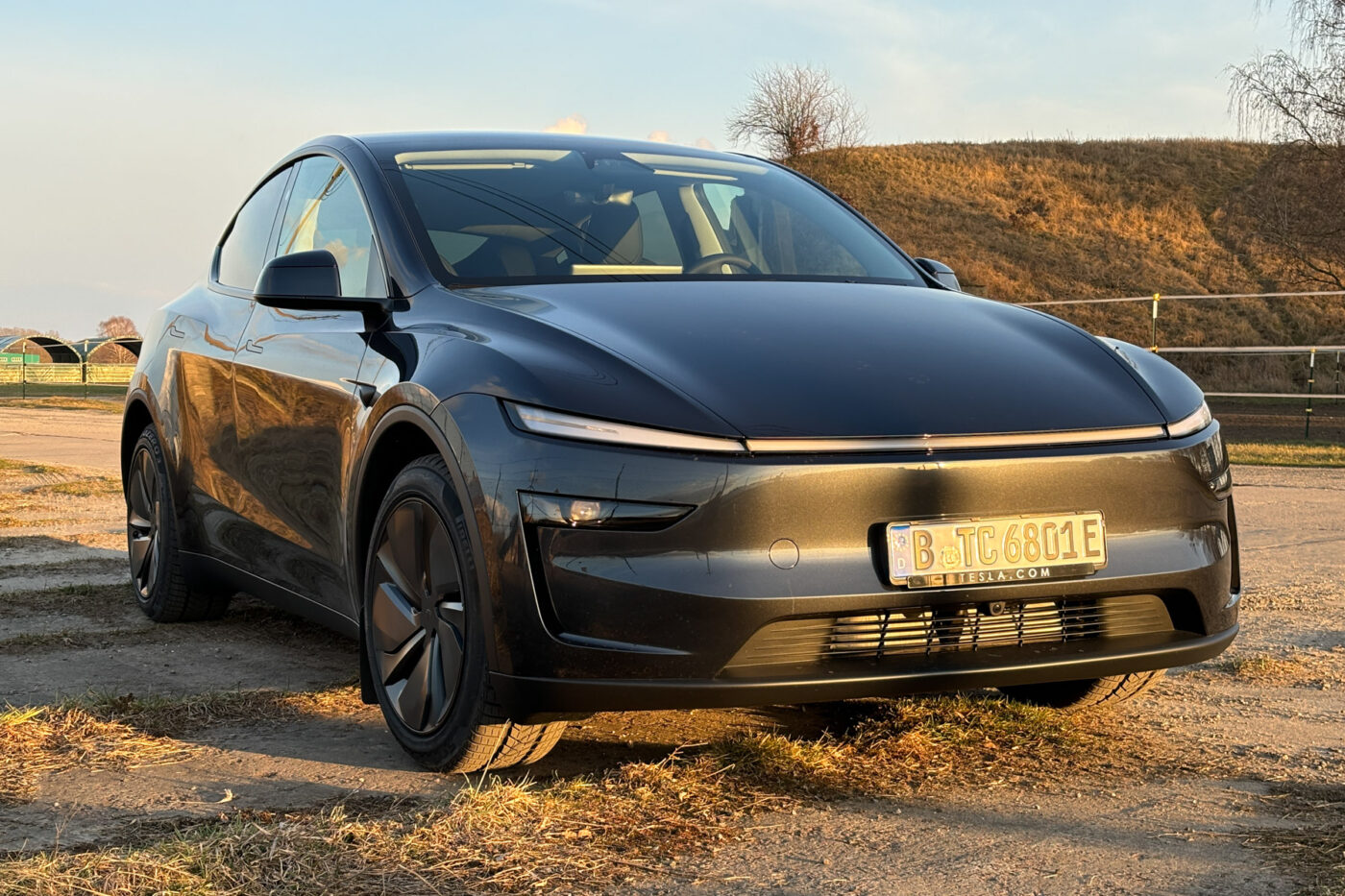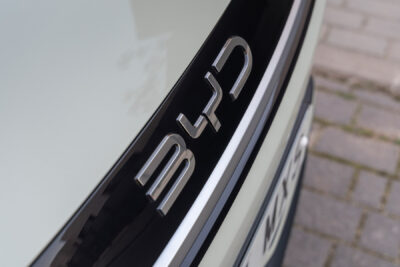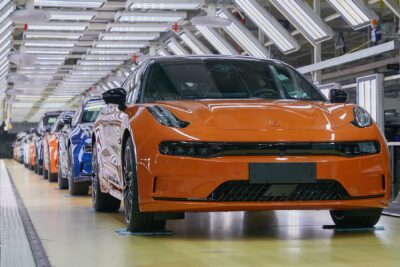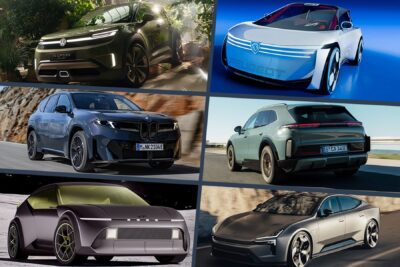Tesla’s Model Y dominates Norwegian market in June
Firstly, the overall market: 17,799 new electric cars in Norway translate to a 96.9 per cent share of electric cars out of 18,376 new registrations overall. A year ago, in June 2024, 80 per cent of all new registrations were electric cars. Compared to the result at that time, electric cars increased by 3,790 units in June 2025 and by 4,415 new registrations compared to May 2025.
According to the Norwegian Public Roads Administration (OFV), the average CO2 emissions of all newly registered cars in June were 3.5 grams per kilometre. In the year to date, with an electric car share of 93.7 per cent, the figure was 6.1 grams of CO2 emissions per kilometre.
This is due to the fact that pure combustion engines and hybrids hardly play a role in Norway, with almost 97 per cent of new electric cars. In June, just 577 new registrations did not have a purely electric drive. These included 152 plug-in hybrids (-83.7 per cent compared to June 2024) and 223 other hybrids (-89.1 per cent). Pure combustion engines have also further reduced their market share: 142 new diesels represent 0.8 per cent of the market share after 2.0 per cent in the previous year, 57 new petrol engines represent 0.3 per cent of the total market (after 1.0 per cent in June 2024). Over the year, however, hybrids in particular have lost market share, falling from 17.0 per cent to 2.0 per cent.
Of course, these figures also mean that purely electric cars dominate Norway’s model statistics – in the previous year, hybrid models occasionally made it into the top ten. In June 2025, however, the model ranking is very clear: with 5,004 new registrations, the Tesla Model Y is unchallenged at the top. This model accounted for 27.2 per cent of all new registrations.
To emphasise the gap: The Toyota bZ4X (825) and the VW ID.4 (714) followed in second and third place. The Tesla Model 3 is on the list with 639 new registrations, followed by the BYD Sealion 7 with 604 units. It is followed by vehicles such as the VW ID.3 (573), Skoda Enyaq (461), Volvo EX30 (433), VW ID.7 (428) and Volvo EX40 (384), to name the top ten.
The Model Y is also well ahead of the bZ4X (4,801) and the ID.4 (3,923) on an annual basis (11,006 new registrations) – so there is no change in the order of the top 3. However, two more VW models follow with the ID.7 (3,075) and ID.3 (2,953), before the Nissan Ariya (2,808) appears in 6th place in the list: in June, the Japanese electric SUV had a weaker month and only came in 11th place.
Overall, however, the half-year results clearly show that not only have electric cars continued to grow, but the Norwegian market in general has also picked up again, especially in the form of electric cars. A total of 75,515 new cars were sold in the first half of the year, 23 per cent more than in the same period last year. “Several campaigns with zero per cent or very low interest rates for new car purchases have significantly boosted sales. Norges Bank’s first interest rate cut is helping to ensure that many people are now buying their dream car,” said OFV Director Øyvind Solberg Thorsen. “Whether and for how long Tesla can maintain its strong position remains to be seen.” It is remarkable that new models and car brands are constantly coming onto the market and rapidly gaining popularity, says Solberg Thorsen: “Many of them are characterised by a combination of price, equipment, space and range that will give dealers and importers fierce competition and a tough battle for new car buyers in the future.”
ofv.no (June registration statistics), ofv.no (models), ofv.no (announcement, all in Norwegian)





0 Comments